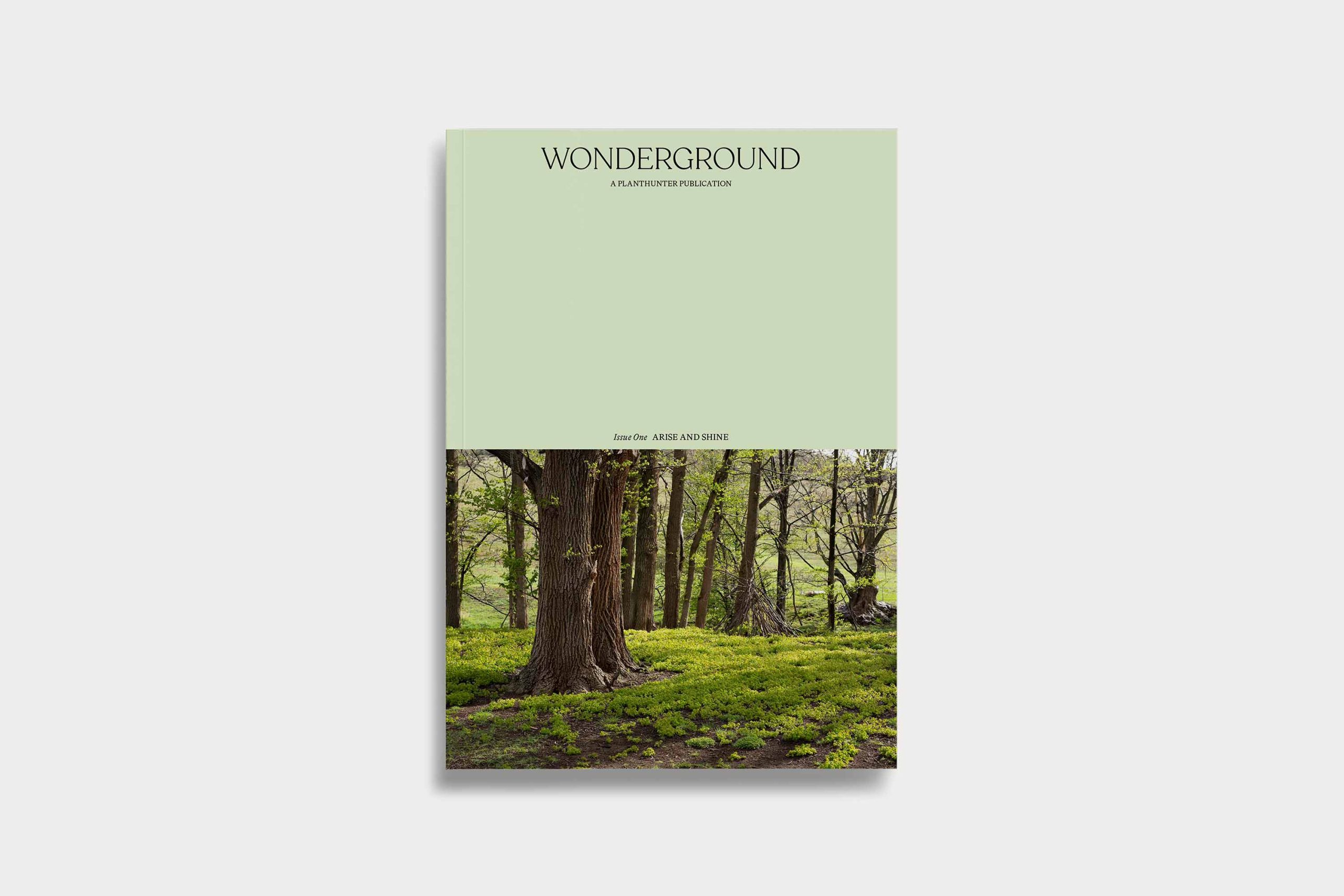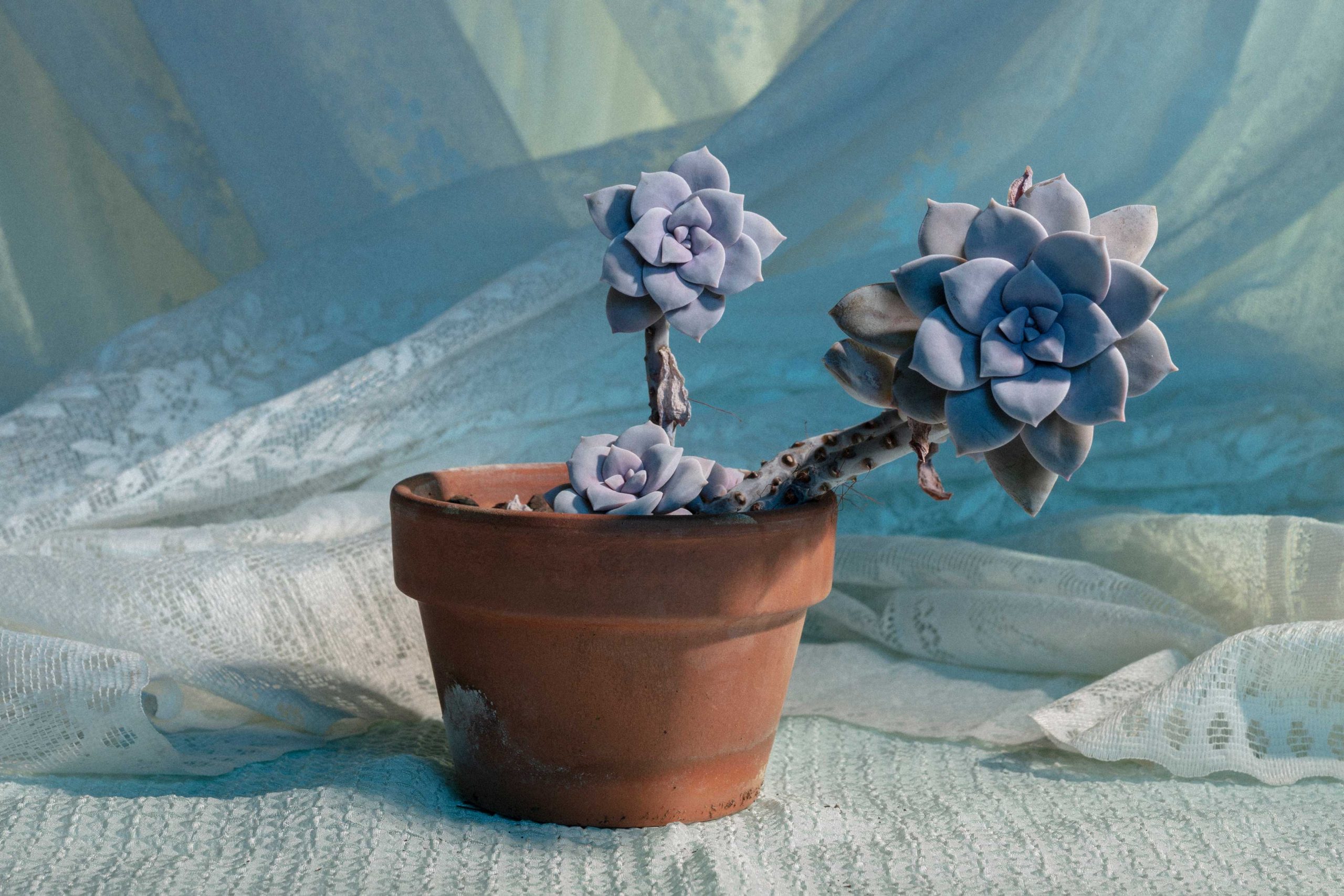The Beauty and the Terror

- Words by
- Georgina Reid
- Images by
- Daniel Shipp
A stifling summer evening. We anchor the boat in the river around the bend from our house. The western sky is less air than smoke – the dense and dirty grey-red exhalations of the Gospers Mountain mega-fire. It is marching relentlessly towards us through 500,000 hectares of bushland, inhaling hundreds of homes, billions of trees and millions of animals. The sky to the east, north and south pushes in on us in ways uncomfortable yet familiar – since early November breathing has become an act shrouded in fear.
We sit on the bow of the boat attempting celebration. Wine, cheese, dog panting on the deck below. Bodies wet and gritty with salt after a dip in the river, legs dangling over the edge. Drinks in hand, stomachs churning. Festivity is nowhere nearby. Nearly a year later, my throat still feels choked. My gut, twisted. Distorted by smoke and sadness.
It is December 31st, 2019, and the world feels like it’s closing in on itself. We sit, bobbing on the water in the hot summer breeze, nestled in an ancient landscape of sun-baked sandstone cliffs, soaring eagles and contorted trees. We know, somewhere deep within the depths of the unsayable, that we are at the end. Not only of a year, but a time.
I DRIVE THROUGH THE BLUE Mountains in late January 2020. A few weeks after the fire passed through. What was once an impenetrable tangle of vines, shrubs and trees is transformed. The terrain suddenly legible for miles, punctuated only by blackened tree trunks and scattered outbursts of fresh lime green xanthorrhoea foliage.
Pulling over to the side of the road, I walk into the bush to stand with the burnt trees and crisp shrubs. I apologise. For what we’ve done, what we’re doing. I squat down in the silent landscape, watch ants busy shifting soil and seeds, patient spiders in webs suspended between burnt branches. I bow to them. I ask, amazed, how they knew to hide from the blaze, how deep their holes in the earth go, what an inferno feels like, if they have enough food? I leave some crumbs for the ants, nodded my regards to the spiders, and shuffle back to the car. My heart, ashamed and heavy, tucked under my arm.
THE RAIN COMES in early February. Not gentle and protracted but violent, urgent. A few hundred millimetres in twenty-four hours. Entire trees float down the river. Fridges and lounges wash up on the rocks. For weeks, water seeps from the hill behind our house. The fires, for now, are out.
ARTIST BILL HENSON ONCE TOLD ME that it takes a lot for him to take a photo. He spends days, weeks avoiding it. He takes a picture only when he absolutely has to take a picture, when an idea or a vision calls him so strongly that he can no longer avoid the camera. I have spent a lot of time this past year not writing.
How does someone begin to write their way through the incineration of billions of lives and homes and ways of being. How can language unravel, honour and make sense of the individual, political, cultural and ecological complexities of a global pandemic, a climate catastrophe, a world that may or may not be in freefall?
I think the answer, if it were so simple, is this: No amount of looking, scratching, thinking, writing can make sense of this time, or any time. It is too much to ask.
SOMETIMES I DON’T WRITE FOR WEEKS, months even. But I always come back. Not because I know what to say, but because I want to know what I feel. Because some part of me needs to see. I certainly don’t always want to see. In a 2013 interview in Guernica magazine, American writer Terry Tempest Williams spoke of a friend suggesting to her that she was married to sorrow. She replied, ‘No, I am not married to sorrow, I just choose not to look away.’
Like Tempest Williams, I cannot look away and yes it hurts. The more I look, the less things make sense, the less I understand, the less I know. It is not comfortable. But not seeing is being dead. That time will come. For now, I am alive, and so I remind myself: keep your eyes open. Keep your heart, no matter how tender, exposed. Keep writing.
VISTA – A CONTAINED GLIMPSE at a distant view, framed by an element in the foreground such as a hedge, wall, tree. An arbour framing a distant hill. A line of plants directing the eye towards a pleasing vision. A carefully placed shrub concealing the ugliness that exists on the other side of all that is good. On the surface, the garden is a place of managed views. Screen this, hide that. But of course, it is also a place that says look closer.
GARDEN WRITING AND THINKING has long concerned itself with the aesthetic. Folly, hedge, axis, texture, focal point, vista. This is the language I am schooled in. I can whip up a neat piece of prose articulating why a space works, or not. I can fill a page in a design magazine with all the right words.
When I started writing about gardens many years ago, I did not see myself as a writer. And I wasn’t really, I was recording. But I asked a lot of questions. And the more I asked, the more I realised the garden could no longer be what it was when I began. Its edges frayed, its foliage tangled and messy, the ground plane increasingly uneven. It was only when I learnt what it means to look that I began to become a writer. The garden – both reality and metaphor, place and idea – showed me the way.
THE GARDEN WEAVES, like no other space or pursuit I know of, the particular and the universal. By this I mean it is a place where the biggest things exist in a way that is immediate, visceral, elemental. I mean if you pick up a handful of soil, you are holding both beauty and terror, life and death, loss and gain. I mean every decision made – to plant, to pull out, to prune – has direct moral implications.
Everything that happens in the garden teeters on an edge that is less a sharp, straight line and more a mess of rubble. Instead of letting you hide from this, the garden calls on you to look.
The garden taught me how to write because it taught me how to see.
IT’S MID-2020, six months after the fires. I drive through the Blue Mountains, along the Bells Line of Road – a seventy-kilometre stretch from Kurrajong in the east to Lithgow in the west – to visit my parents on the other side. The bushland along the entire length of the road, nearly all World Heritage listed national park, was burnt in the recent bushfires.
There is regrowth. Shooting erratically from bases of trees, ends of branches. It is not the washed out grey-green typical of mature eucalypts, but the fluorescent manic green of accidental youth. Startling against what is not, but what looks like, a cemetery. Stumps meters in diameter, sawn off at knee height, line the road. Too dangerous to keep, these old, crippled trees.
There is death. I look over a valley towards the west, not long before the road winds down the escarpment to Lithgow, and there is no green, only stick-figure trees. Black branches black trunks black earth. Forest as cemetery, this time it seems for real. I speak with a scientist who tells me eucalypts can take up to two years to re-sprout after fire, that all is not entirely lost. Breathe out.
We talk some more, this scientist who studies forests and climate change and I. She has been doing this work for thirty years. She weeps as she talks because her job is to see.
We weep together. How can the weight of all that is lost and is being lost be held, accounted for, felt?
I WRITE AND I GARDEN. Not obsessively, coherently or regularly but erratically, embodied, immediate. Neither pursuit fixes anything. Neither enables me to slot this world together neatly, like pieces of a jigsaw puzzle waiting for the right eyes and hands. It is not like this.
Writing is not always about words on a page. Gardening is not always about action. Importantly, however, both practices connect action and contemplation. Doing and being.
As a result of this interaction of mind and body, place and time, small revelations sometimes show themselves.
What I have glimpsed on the page and in the garden, in the space between doing and being, is this: the biggest and the smallest stories of our time are both terrible and beautiful and they can never make absolute sense.
Our time, like all times, is a messy and complex bundle of all the things that have ever happened, all the lives that have ever lived. All the pasts and futures, stories and visions ever imagined are here right now – buzzing, swooping, floating and weaving through the present.
This tangle of time and being, beauty and terror, is impossible to hoist up onto a single human shoulder. Carrying is doing and doing is important work. But when a bundle is too heavy, sometimes sitting next to it on the ground is the best idea. Being with this time. Listening to this time. Seeing this time.
WE ARE HERE. EVERYTHING IS HERE. And there is, of course, work to do. But first, sit. See.








